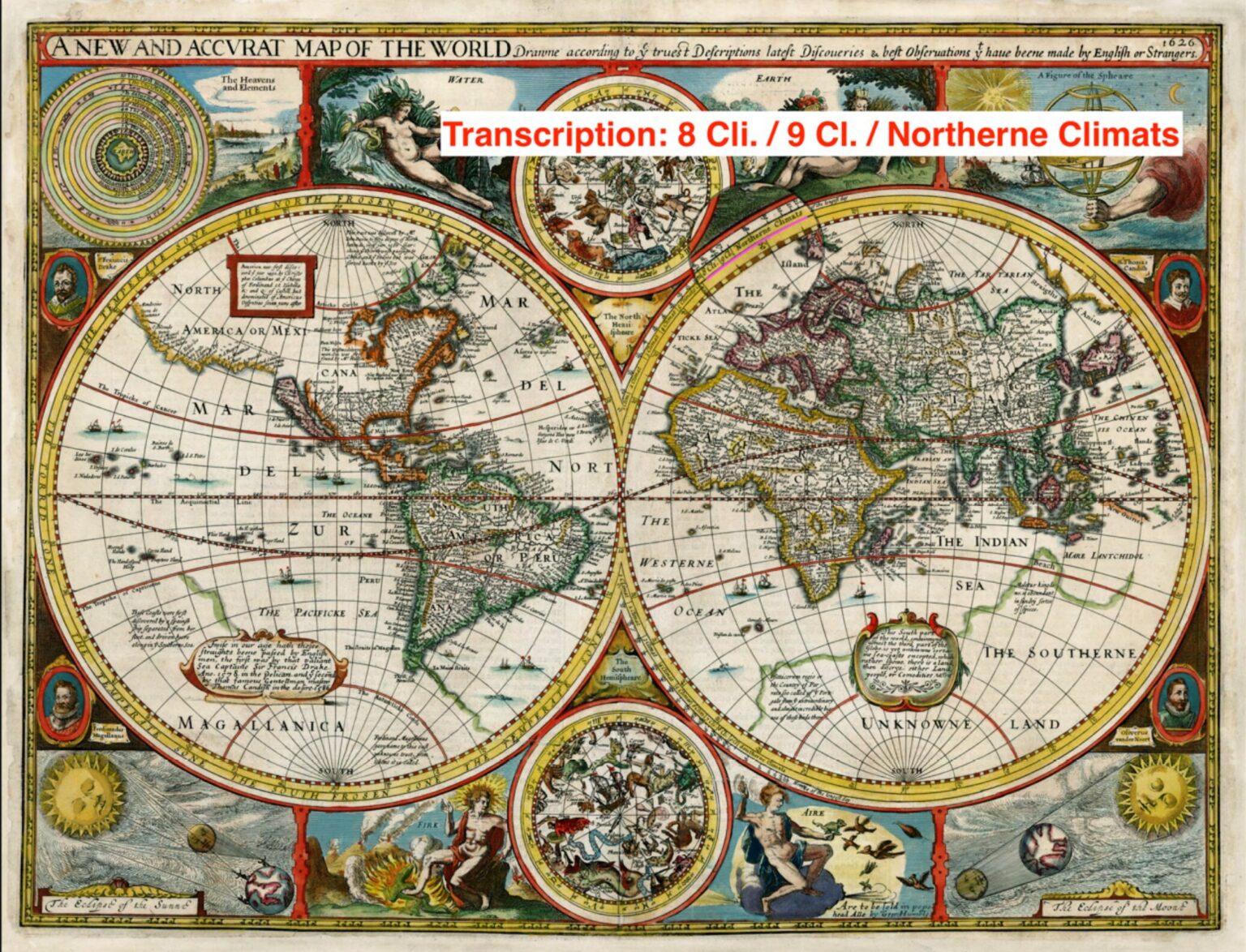Scientists tried to understand the main directions of development of astronomical and mathematical thought in the XV-XVI centuries. In order to do this, they used artificial intelligence in the form of a machine learning algorithm specifically designed to understand scientific texts.

How science evolved in the past
Science is a complicated enough thing, especially when we’re talking about a thing like astronomy. Works in this field contain a large number of complex explanations inseparable from mathematical formulas and tables. Recently, a large group of computer scientists, astronomers, and historians has begun training artificial intelligence to understand it.
The results of these efforts have recently been published in the journal Science Advances. Actually, from the very beginning, it was the scientific papers that interested the scientists. The XV–XVI centuries are times of rapid transformation of astronomy from a descriptive and very imprecise discipline to the science of numbers, very closely related to mathematics.
But how did this happen? How exactly did scientists increasingly turn to formulas and tables? Of course, in order to find out, it is necessary to process all available scientific works of that time. The researchers collected about 300 different documents.
But it takes a small team a lot of time to read each one carefully, figure out the importance of numbers and math expressions, and get the overall statistics. And at that point, they decided to use artificial intelligence.
Artificial intelligence understanding astronomers
Actually, artificial intelligence that doesn’t just compose letters into words and sentences, but actually understands scientific concepts is a longtime dream and, at the same time, the greatest fear of astronomers. After all, it can become not only their best assistant, but also replace them.
However, no such thing happened this time either. Nevertheless, scientists have managed to teach artificial intelligence to understand what role certain elements play in a scientific text and where a scientific idea is hidden in it. To do this, they “fed” the machine learning algorithm with 76,000 pages of university books.
And then they applied the algorithm to the selected array of texts. It was able to classify them and show a picture of how astronomical texts were uniformly mathematized. This was necessary to determine the coordinates of the stars more accurately.
Provide by phys.org


